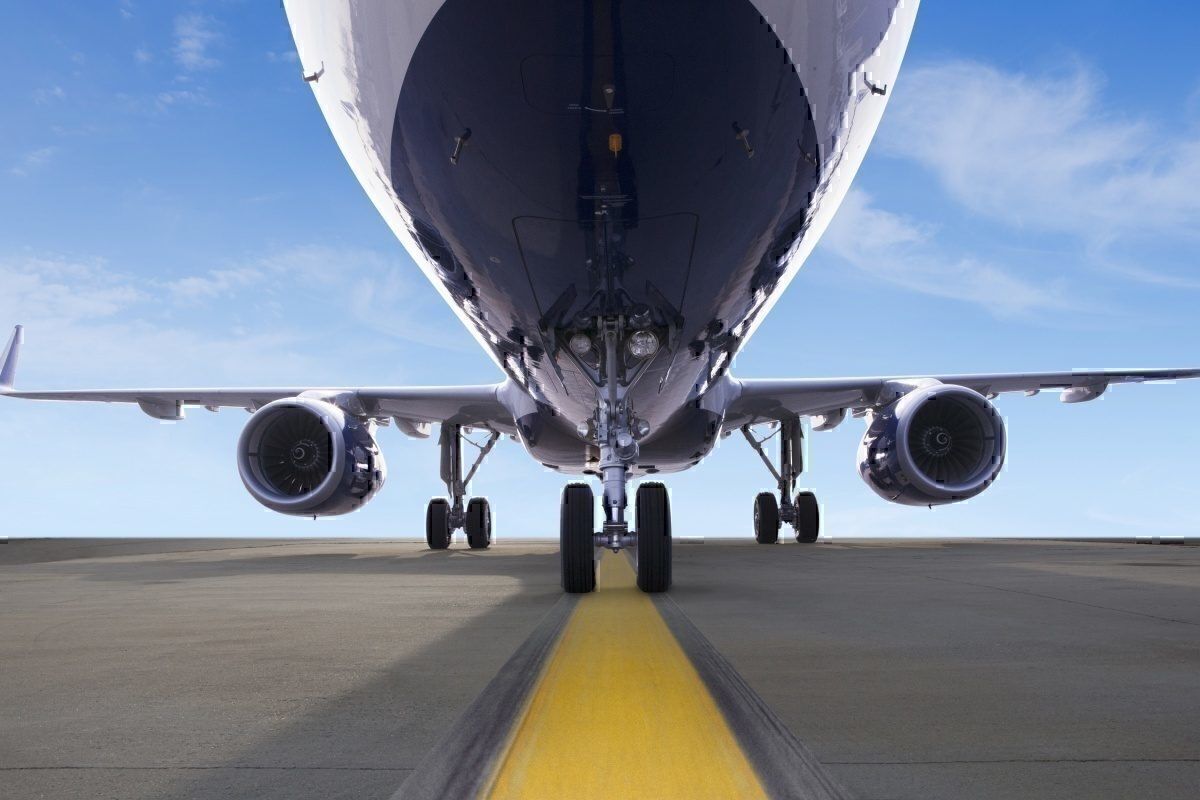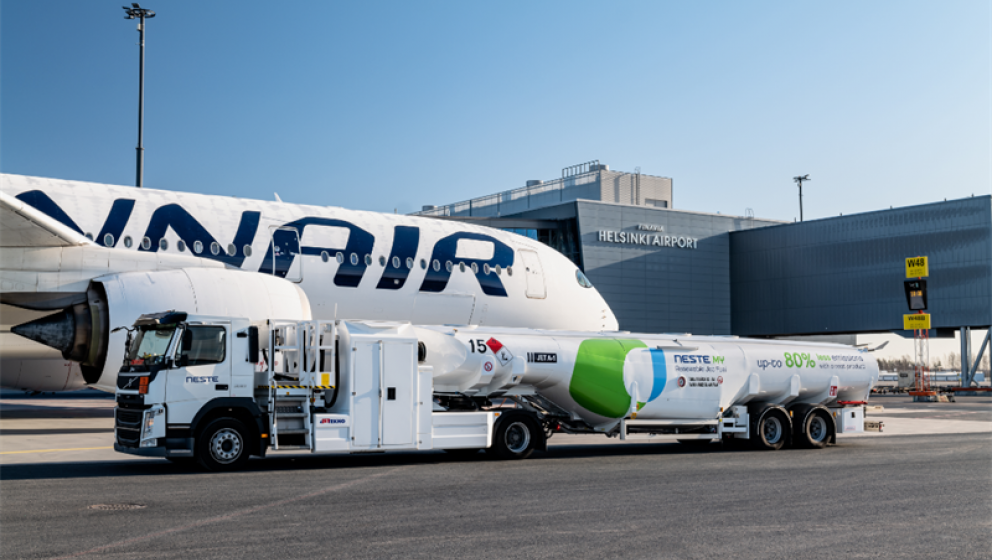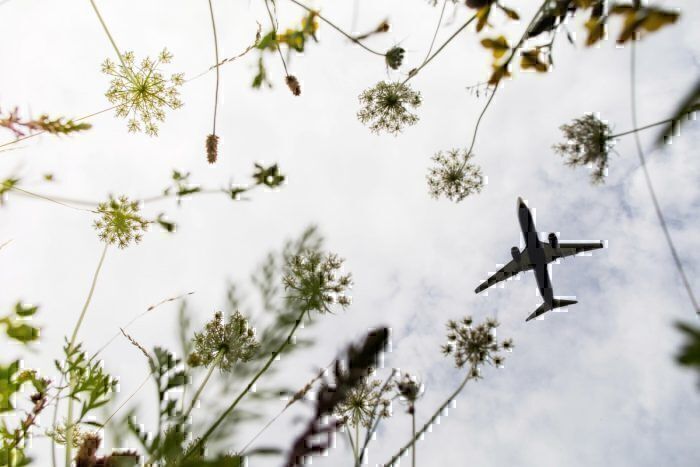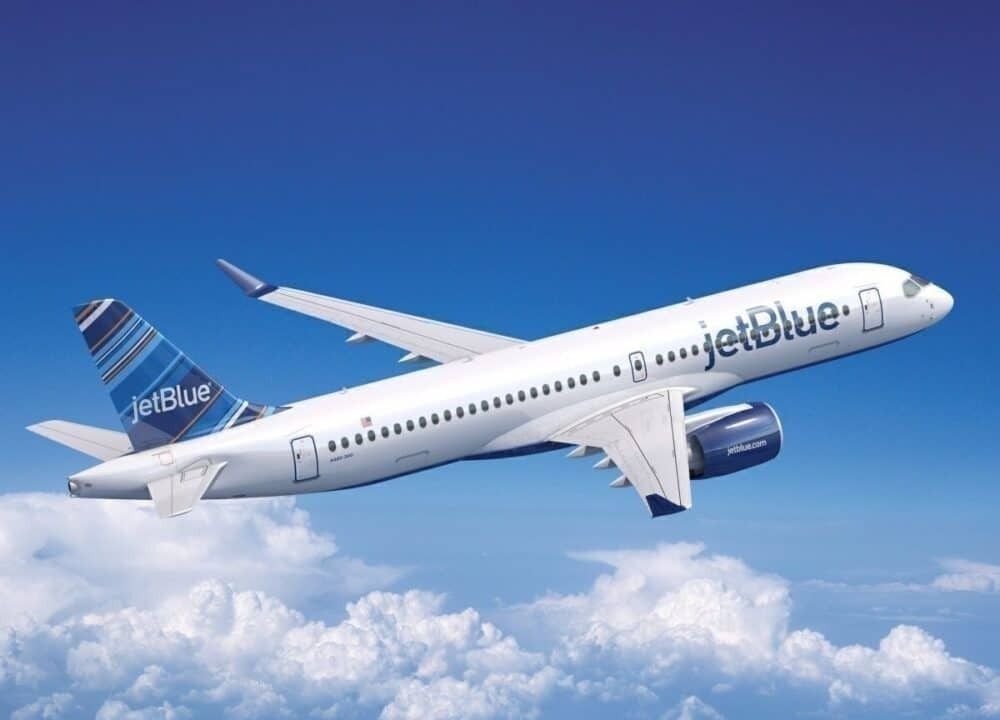President and COO of JetBlue, Joanna Geraghty, has doubled down on the airline's commitment to becoming a more sustainable business. Despite the challenges presented by the coronavirus pandemic, she says JetBlue has not lost sight of its ambitious sustainability goals.
Making JetBlue green
US low-cost airline JetBlue has been very vocal about its commitment to the environment. In January this year, it became the first US airline to pledge to offset all the carbon produced by its domestic flights starting in July. To do this, it has partnered with a number of carbon offsetting companies, including Carbonfund, EcoAct and Southpole. It is expecting to offset an additional 15 – 17 billion pounds of CO2 each year as a result.
As well as this, it partnered with renewables firm Neste to use sustainable aviation fuel on its flight out of San Francisco, beginning mid-2020. Neste's sustainable aviation fuel has a carbon footprint that is around 80% smaller than that produced by traditional kerosene. It is already being used by European airlines, including Lufthansa and KLM, but JetBlue is the first to partner with the Finnish fuel company in the US.
With COVID-19 crippling the industry over the past few months, it would be understandable if JetBlue's sustainability agenda was being put on the back burner. However, President and COO, Joanna Geraghty, said in an interview for World Aviation Festival that this was not the case,
"I think there will continue to be a very strong focus on sustainability. While it may not be at the forefront right this moment, because there are so many other things going on, our focus continues to be on reducing emissions where we can and offsetting where we can.
"We have a very comprehensive program, and we are completely committed to delivering on that. Things will change; there will be a vaccine, or there will be a therapeutic treatment, and what we want to make sure is that we don't lose several years of progress around sustainability … so we continue to make sure we make progress there, so that when we do emerge, our plan for sustainability is intact."
This suggests that, despite COVID taking JetBlue's attention right now, its plan to become greener remains a priority. Perhaps some of the timelines will slip, but it's encouraging to see that this has not fallen off the radar, despite all the challenges the airline is facing.
Stay informed: Sign up for our daily aviation news digest.
Renewing the fleet
JetBlue's current fleet is a mix of Airbus A320 family jets, mostly ceo but with an increasing number of neos, as well as 60 E190 regional jets. The older ceos are being phased out with the arrival of more neos, but what about those Embraers?
In a separate interview, CEO Robin Hayes was asked whether JetBlue would use this downtime to reduce the age of its fleet, and to adopt more fuel-efficient planes. He was quick to point out that this is already well underway, noting,
"The good news is we were already doing that. In fact, December this year seems the first arrival of one of our Airbus A220 planes.
"These are modern airplanes, very fuel-efficient and we're going to be taking 70 of those over the next few years. Those will [allow us to] gradually phase out our E190 airplanes."
JetBlue has previously estimated that the A220 will lower its operating costs by 29% on a per-seat basis. This estimate includes a 22% reduction in non-fuel expenses and, crucially, a massive 40% reduction in fuel costs. While the extra seats onboard the A220 lends something to this figure, the overall fuel efficiency advantage of the A220 will help massively with not just a reduction in cost, but also the carbon footprint of its operations.
By 2025, JetBlue hopes to phase out the E190 from its fleet completely. The additional range of the A220 will facilitate new routes but will also allow JetBlue to optimize some of the routes currently operated by the E190. According to a report in FlightGlobal, around a quarter of JetBlue's E190 routes could be flown more optimally by the A220, allowing the larger aircraft to operate less frequently while still accommodating demand.
What do you think about JetBlue's roadmap to becoming a more environmentally friendly airline? Let us know in the comments.




